25+ Best Latin American Horror Films
Discover the most extraordinary horror films to have been born in Latin America.
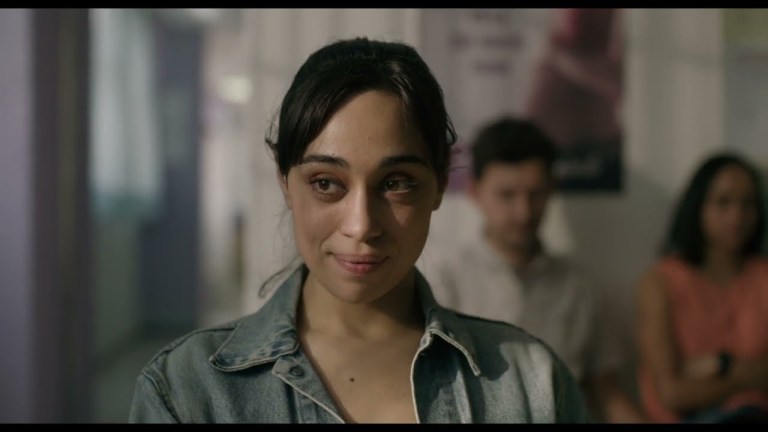
Latin American horror movies have just recently be becoming the hype with movies like When Evil Lurks (2023) and Huesera: The Bone Woman (2022), however, LATAM horror talent has been around since the early days of cinema. Some examples include The Crying Woman (1933) and The Phantom of the Convent from Mexico, as well as the Argentine horror film A Light in the Window (1942).
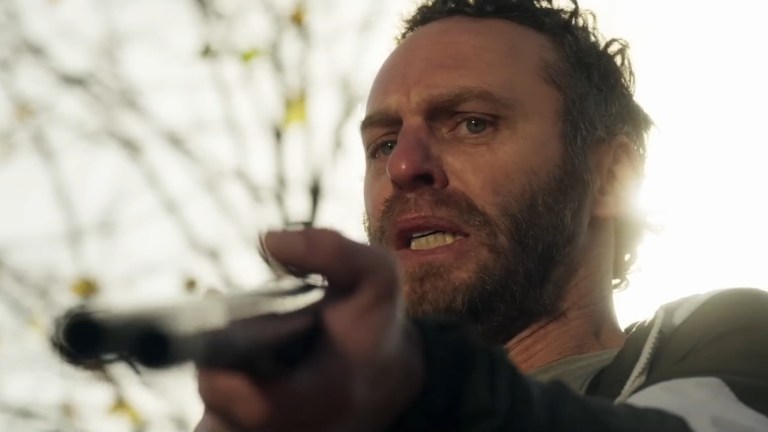
Talented Latin American horror filmmakers are finally getting the spotlight that they deserve with movies like the Guatemalan La Llorona (2019), a reimagining of the famous Latin American weeping woman legend that was on the shortlist for the 93rd Academy Awards as the Best International Film. Its DVD release went straight to the Criterion Collection. Other scary movies from LATAM that have become part of the Criterion Collection include the Mexican Two Monks (1934) and Guillermo del Toro’s Cronos (1993).
Unfortunately, many of these phenomenal stories with great cinematography continue to fly under the radar of Western audiences. If you’re a horror fan who has an eclectic refined taste, then you likely have an interest in immersing yourself in the culture of international horror flicks and can appreciate sitting through a tale told in the beautiful Spanish language. Discover some of the most outstanding Latin American films in the genre on the below curated list.
Macario (1960)
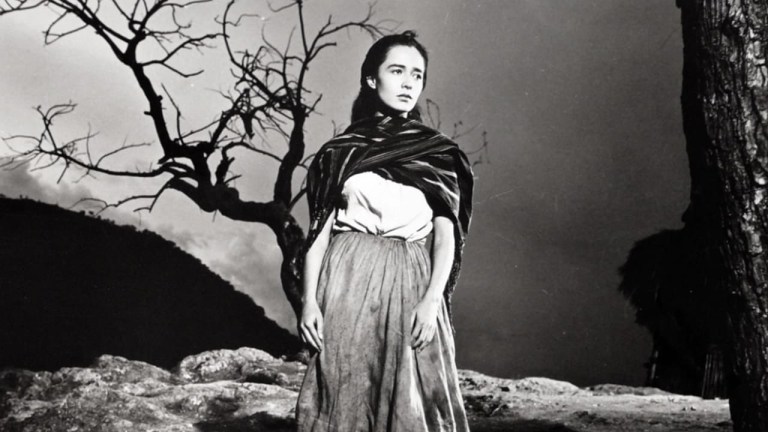
Macario is arguably the greatest Mexican cinematic masterpiece. It was the first film of its country to be nominated for an Academy Award for a best foreign film, as well as Mexico’s entry for Cannes that year. The story follows Macario (Ignacio López Tarso), an impoverished peasant, as he grows frustrated on Día de los Muertos longing for just one good meal that will keep him full. He proclaims that he won’t eat until his dream comes true. His concerned wife steals a turkey and just as he is about to prepare it, he’s confronted with three apparitions: the Devil, God, and Death. Each asks him to share, and he refuses all but Death. He’s rewarded with a healing water and soon draws the attention of the Spanish Inquisition. The film has a compelling narrative and stunning cinematography that will leave you captivated to the screen.
Even the Wind is Afraid (1968)

Even the Wind is Afraid is a gothic supernatural film written and directed by the legendary Mexican king of horror, Carlos Enrique Taboada. It’s often overlooked in favor of his 1986 hit Poison for the Fairies, but for decades it was hailed as the greatest Mexican horror. Comparisons have been made between this film and Argento’s Suspiria (1977) in terms of tone and atmosphere, as well as use of lightning and music to evoke a sense of dread. The narrative encapsulates the growing rebellion of youth in 1960s authoritarian Mexico. It follows Claudia (Alicia Bonet), who is haunted by recurring dreams of a body hanging in her all-girls boarding school’s tower. The wind calls out to her nightly, whispering her name. When she leads the charge in investigating the mystery with her dorm mates, the group is punished for trespassing and confined to their academy over spring break. Trapped under the strict eye and iron-fist of Headmistress Bernarda (Marga López), the girls are haunted by the vengeful spirit and remain adamant in finding the truth.
Alucarda (1977)
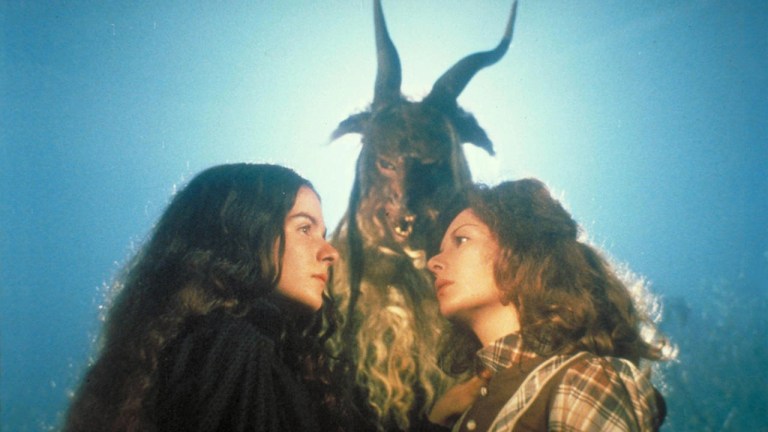
Alucarda is an English-language Mexican arthouse horror film directed by Juan López Moctezuma, and is a true masterpiece. It has everything a die-hard horror fan could want: vampirism, devil worship, and possession. The story takes place in an isolated convent in 1850 and follows 15-year-old orphan Alucarda (Tina Romero) who falls in love with a newly arrived girl of her same age. Their blossoming romance marks the beginning of a series of events that unleashes a force of evil. Tina Romero gives an unforgettable and bold performance so glorious that you can’t tear your eyes away from the screen. This gem of a film makes excellent commentary on the corruption and malice of the Catholic church.
The Silent House (2010)
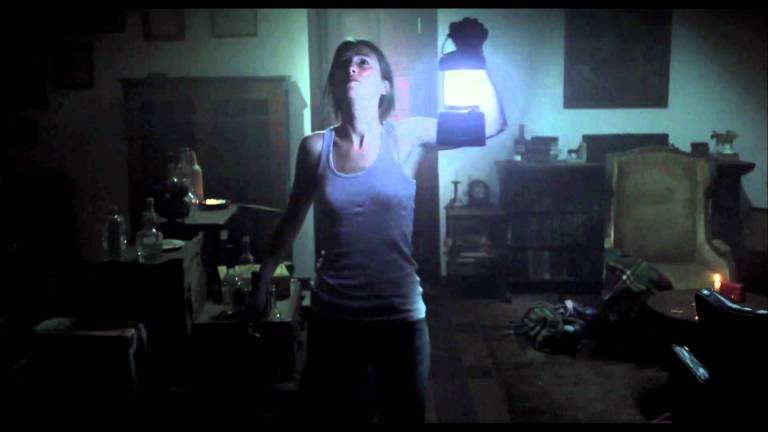
La Casa Muda is the Uruguayan horror film that The Silent House (2011), which starred Elizabeth Olsen, is based on. They’re fairly similar in the story, but the original is far superior to its adaptation. Although it’s rumored to have cost only about $6000 to make and it was shot in over just four days with a single handheld camera, the film appears polished and much more expensive. Light on plot, but extremely tense in atmosphere, it follows Laura (Florencia Colucci) as she accompanies her father Wilson (Gustavo Alonso) to an old house which they intend to start repairs on the following morning. Soon after arriving, she hears noises upstairs and finds her father murdered when she goes to check. Throughout the night she’s tormented by mysterious forces which eventually lead Laura to uncover a disturbing truth.
The House at the End of Time (2013)
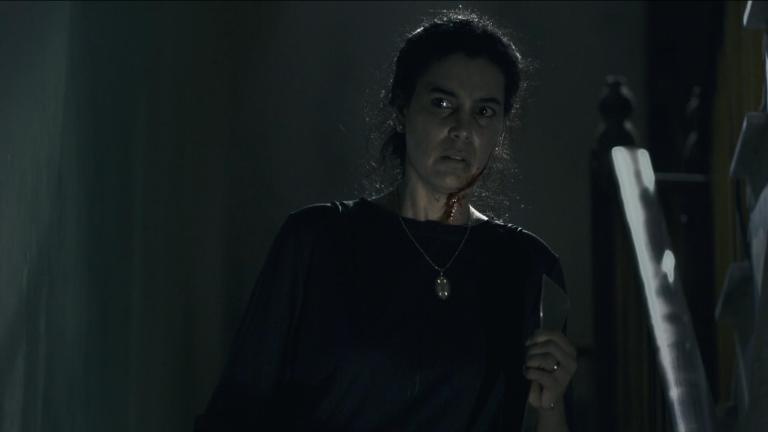
This suspenseful film comes from Venezuela and is the highest-grossing horror movie in its country. It has phenomenal performances, is heavy on the atmosphere and tension, and it’s full of unforeseeable twists. The story is told through alternating timelines and centers around Dulce (Ruddy Rodríguez), a mother of two who experiences strange occurrences inside her house. 30 years later, she has just been released from prison after serving time for killing her son and husband. She returns to her old home under house arrest and works to decipher the supernatural mystery that broke apart her family decades earlier.
The Similars (2015)
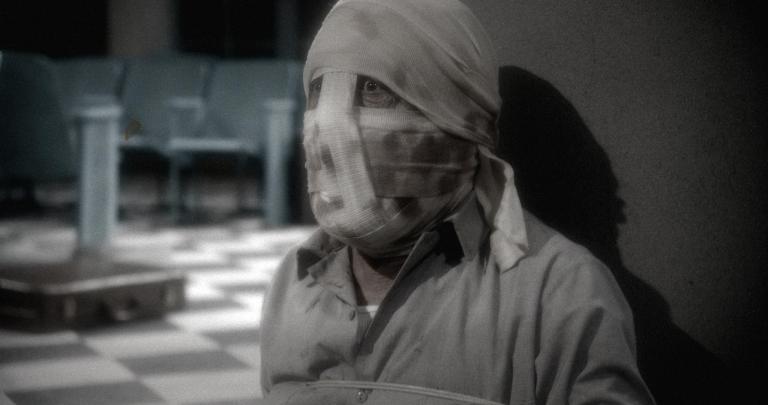
The Similars is an incredibly bizarre Mexican sci-fi horror movie which takes place in 1968. Eight people are stranded at a remote bus station five hours away from Mexico City. Heavy downpour has cut off all telecommunications. Throughout the rainy night they experience strange and appearance-altering phenomena. The film acts as a beautiful love letter to The Twilight Zone. It also makes crucial political commentary about the IRL Tlatelolco Massacre, in which the Mexican Armed Forces fired into a crowd of student protestors, massacring hundreds of demonstrators.
Terrified (2017)

Terrified is an inventive Argentine horror flick written and directed by When Evil Lurks’ Demián Rugna. The story is centered around a neighborhood in suburban Buenos Aires which is being terrorized by supernatural and inexplicable occurrences. Two paranormal researchers and a former cop decide to investigate. The less you know going into this film, the better. Expect to be pleasantly surprised. It’s a refreshing take on an overdone premise and is filled with legitimate jump scares throughout. Prepare yourself to be Terrified.
The Wolf House (2018)
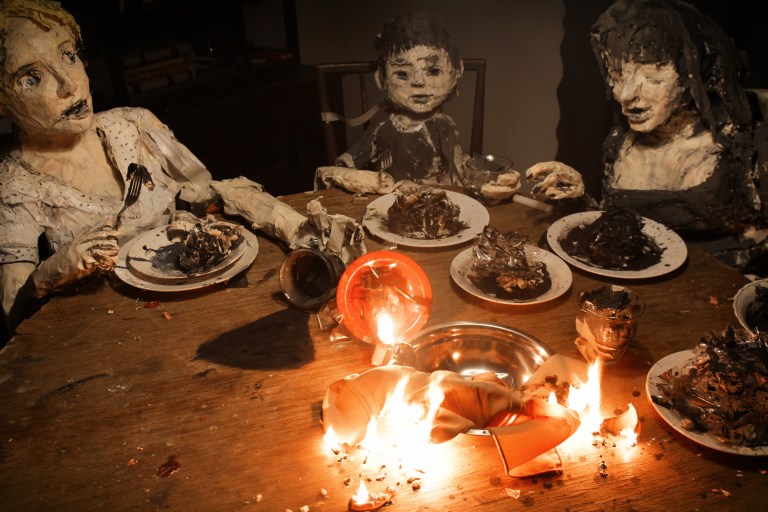
This Chilean gem is a stop-motion animated art horror film inspired by the real case of Colonia Dignidad. It was an isolated community established by Nazi Germans in post WWII Chile, which became notorious for its tyranny, imprisonment, torture, and murder of dissidents under Pinochet’s 1970s dictatorship. The story is centered around María (Amalia Kassai) who escapes the sinister sect with pigs she calls her children. She takes refuge at a house in the woods to hide from a wolf who is stalking her. The Wolf House took five years to film and was shot in several museum exhibitions and studios in different places all over Europe and Latin America.
La Llorona (2019)

An aging Guatemalan war criminal directly complicit in the brutal genocide of Kaqchikel people, an indigenous Mayan group, is found guilty but his conviction is quickly overturned by a high court. The outraged public holds a nonstop protest and demonstration outside his mansion, where he lives with his wife, daughter, and granddaughter. Soon the family becomes haunted by the sound of a weeping woman and the former general must face the sins of his past. The film is certified fresh with a 96% critic score on Rotten Tomatoes.
Note: This is not to be confused with the American film, The Curse of La Llorona (2019), which is *not* of similar quality.
Huesera: The Bone Woman (2022)

La Huesera, feminist in nature, is a unique Mexican-Peruvian folk body horror film directed and co-written by Michelle Garza Cervera in her directorial debut. It won the Best New Narrative Director and Nora Ephron awards for that year. Valeria’s (Natalia Solián) joy at learning she’s pregnant is soon cut short when she’s cursed by an evil entity. As her relationships with her husband and family begin to shatter, she becomes consumed traveling far into a world of dark magic. The movie is more of a slow-burn, but it’s heavy on atmosphere and character development. It’s more bleak than terrifying, so go into this one mentally prepared.
When Evil Lurks (2023)

If you haven’t yet watched this film, then what are you doing?! The hype is real on this one! It’s one of the most disturbing horror movies to have come out in 2023. You’re simply not prepared to endure this Argentine gem—it will seriously mess you up. Demián Rugna isn’t afraid to go to places that other filmmakers are afraid to go. The story takes place in a world where demonic possession is a regular occurrence and a certain protocol must be followed to prevent it from spreading. When a case is mishandled in a remote rural village, evil and chaos spreads to catastrophic proportions. When Evil Lurks has extraordinary performances and is beautifully made. It’s a visceral experience you won’t forget.
More phenomenal Latin American horror films you must watch…
Two Monks (1934) a gothic expressionist Mexican melodrama that ventures into horror only close to the end, but it’s a stunningly visual and compelling masterpiece of a film that’s definitely worth watching. A monk named Javier (Carlos Villatoro) recognizes a new brother at his monastery, becomes deranged, and attempts to bludgeon him to death. The story recounts their tragic shared past.
Skeleton of Mrs. Morales (1960) a Mexican horror comedy based on the 1927 short story “The Islington Mystery” by Arthur Machen. It’s regarded as one of the best Mexican films of all time. After 20 years of an unhappy marriage, a taxidermist decides to murder his wife.
The Book of Stone (1969) a Mexican supernatural horror flick about a governess who moves in with a family at their newly purchased afforested home. The little girl she is to take care of soon claims to have made a secret playmate, a seemingly imaginary friend. Strange occurrences and tragedy strike the household.
Poison for the Fairies (1986) a Mexican coming-of-age horror by Carlos Enrique Taboada. It centers around a lonely wealthy schoolgirl who befriends a domineering classmate obsessed with witchcraft.
Km 31: Kilometer 31 (2006) after her twin sister falls into a coma due to a car crash outside of Mexico City, Catalina (Ilian Fox) visits Km 31 of the road, the scene of the accident, and discovers a terrifying local legend.
The Hidden Face (2011) a Colombian thriller about a woman whose plan to spy on her boyfriend goes seriously wrong when she traps herself in their home’s panic room.
The Untamed (2016) a Mexican sci-fi horror about a sexually frustrated housewife stuck in an unhappy marriage who discovers a mysterious creature not from this world with an irresistible but destructive force.
Belzebuth (2017) is a procedural horror film from Mexico and tells the story of Agent Emmanuel Ritter who is leading a police investigation of a massacre in a public school at the border. He comes to realize the case is connected to the upcoming rising of the ancient demon Belzebuth
Good Manners (2017) a Brazilian fantasy horror about a lonely nurse hired by a woman as a nanny for her soon-to-be-born baby. Soon she discovers the pregnancy is much more complicated (and supernatural) than she expected.
Tigers Are Not Afraid (2017) a Mexican horror fantasy about a group of young kids trying to survive the horrific violence of the cartels and drug wars.
Nightshifter (2018) a Brazilian horror about a morgue tech who can communicate with the dead and soon learns a dangerous secret from a dead acquaintance that sets him on a path for revenge.
Luciferina (2018) an Argentine supernatural horror about Natalia (Sofía del Tuffo), a young novice who travels into the jungle in search of a mystical plant with her sister and her friends. There, she finds the devil himself.
Morgue (2019) a Paraguayan horror-thriller about a morgue security guard who becomes trapped while working the nightshift.
Luz: The Flower of Evil (2019) an Argentine fantasy-western horror about a presumed new messiah who unleashes a new evil and violence in an isolated community in the mountains.
The Funeral Home (2020) is a film from Argentina that tells the story of a dysfunctional family who operates a funeral home and are visited by nonviolent ghosts on a nightly basis—that is until a malevolent entity makes itself known.
Further reading:
